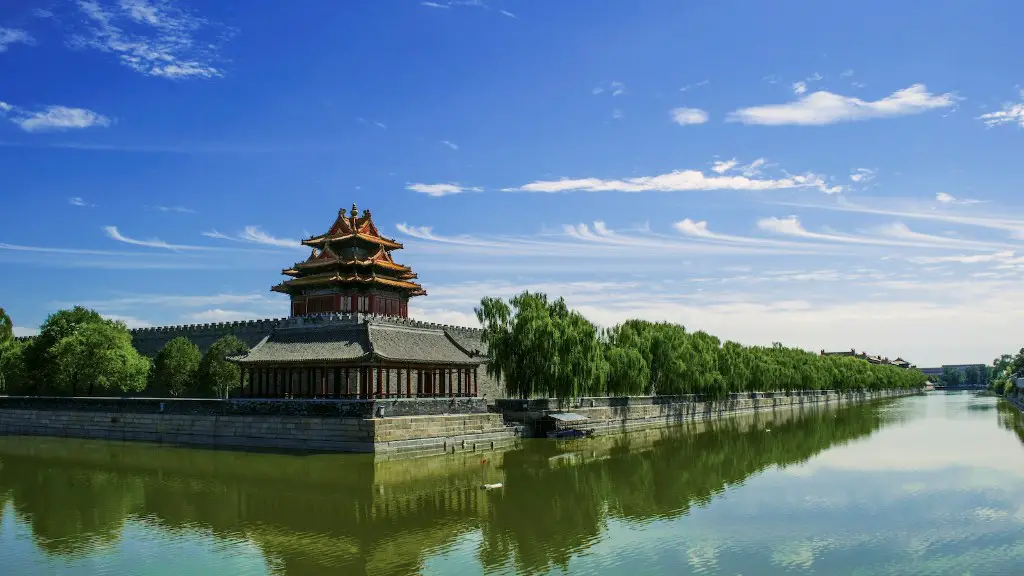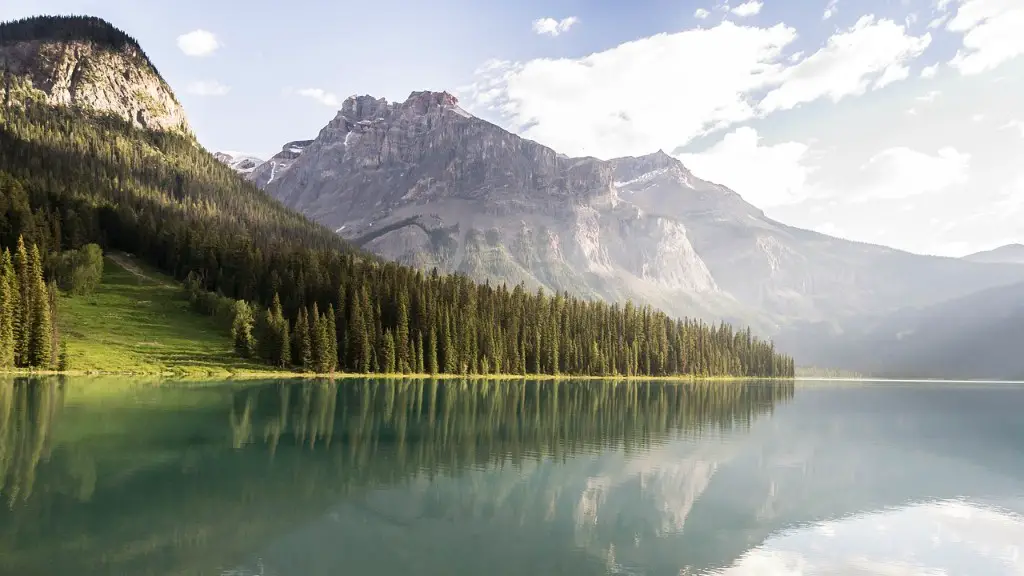The Mississippi River is one of the mightiest waterways in the world and is the second-longest river in the United States. It begins in northern Minnesota and hides through 10 states including Mississippi, Minnesota, Wisconsin, Iowa, Illinois, Missouri, Kentucky, Tennessee, Arkansas, and Louisiana. It ends up in the Gulf of Mexico.
This great river has witnessed many significant events and continues to be the source of life and trade for many communities. Its waters provide drinking water for millions across 10 states, as well as fuel for agriculture, industry, and transportation.
However, as the river snakes through these peaceful states, there are increasing pressures from growing populations who use the river as a resource from aquaculture to recreational activities. The Mississippi River is increasingly vulnerable due to climate change, and there is a real need for its management to ensure it continues to provide benefits for the people living along its basin.
For years, the Mississippi River has been seen as a powerful natural asset and many people rely on it as an important economic source. Many cities and towns in these 10 states are supported by the service-based economy that revolves around navigable waters. People also make use of the river for recreational activities such as fishing and boating.
The Mississippi River has been an important determinant of the development and success of transportation, world-trade, industry, and agriculture. However, the river is threatened due to the ravages of global warming, population pressures and more recently, fatigue caused by shipping.
It is well-known that climate change is going to further expose the river’s vulnerability as it increases stress on water-dependent sectors. Such as the segments of the industry directly dependent on the river, such as power plants, navigation locks and dams that help keep the river navigable and fish habitats. Changes in water availability, nutrient levels, and water temperature can have a detrimental effect on both small and large aquatic life, already so heavily reliant on this large river.
Experts have suggested that if more stringent measures are not enforced in time to protect the river’s resources, it is likely to cause not only ecological damage, but also economic, social, and cultural damage. .To protect the Mississippi River from facing any further damage, efforts to improve water conservation and to reduce over-harvesting must be taken. As well as better pollution control, there need to be better management plans for managing fishing, recreational activities, and grazing activities.
Creating Incentives to Protect the Mississippi River
The protection and management of the Mississippi River also involves financial incentives to encourage better conservation practices. Incentive programs help to offset farmers’ losses from reduced fertilizer use and conservation practices, as well as from more sustainable agricultural practices. Government subsidies can also help improve public access to information on the Mississippi River and help restore habitats along the way.
Involving stakeholders in the management process is also vital. There are now many grassroots-level organizations, like Friends of the Mississippi River, that take grassroots initiatives to increase public awareness and advocate for the river’s health. Such organizations have adopted ambitious plans to protect and restore the ecosystems of the Mississippi.
Transparency with local, state and federal politicians is paramount in making sure that the proper decisions are made to ensure that the river is protected and resources in a sustainable way. To achieve this, there must be better communication between the governments and lobbies for an improved climate for the management of the Mississippi River.
The Mississippi River provides recreation and economic development, and it is essential that it is protected and managed carefully. To do so, states, counties, and municipalities must work together to encourage better conservation and management efforts. Everyone from hiker, farmer, to fisheries must be in compliance of the laws and regulations, as well as supported financially.
Effects on Public Health
The Mississippi River and its waters have a direct effect on public health because it is the major source of drinking water and recreational resources for millions of Americans. Pollution puts individuals at risk of diseases such as typhoid and cholera. It is also responsible for the mass fish kills that occur each summer, due to low oxygen levels caused by excessive nutrient pollution input.
In some places, high levels of toxins have been found in the water, posing a threat to both humans and wildlife. Such toxins have forced people living near the river to avoid swimming and fishing in the river, and in more extreme cases, to stop using the river water for drinking, bathing and other household uses.
To address these health risks, conservation and restoration plans are being put in place to reduce the need for people to come into contact with contaminated water. There is also a growing pressure to reduce runoff from agricultural lands, as well as to reduce pollutant input from industry and other sources.
Apart from pollution, there is also a high presence of harmful invasive species in the Mississippi, like the invasive silver carp. These species can cause ecological anarchy, competing with native species for resources. Part of the efforts to address this have involved replanting native vegetation, even just in the margins of the river’s banks, that can absorb the runoff and return oxygen to the water, as well as provide habitats for native species. This has been done in order to ensure that the Mississippi River remains an important source of life and recreation.
Public Education Campaigns
The efforts to protect the Mississippi River also involve fostering public engagement and participation in conservation efforts. This can be done through public education campaigns on the importance of protecting the river, as well as providing resources and practical tools for citizens to do their part. There are also many organizations that seek to promote a sense of stewardship for the river and advocate for better management plans.
These, in turn, can foster a sense of pride in the citizens that live, work and recreate near the Mississippi River. This type of engagement will empower citizens to become more active stewards of the river, by taking an active role in fighting water pollution and by participating in volunteer cleanup and research efforts.
One such example is the Mississippi Greenway Program, which is a network of connected green spaces, extending from the southernmost stretches up to the headwaters of the Mississippi. The goal of this project is to ensure that communities and individuals along the Mississippi have easy access to healthy and safe green spaces that have a protected view of the river.
The Mississippi Blueway Program is another example of how to engage citizens and promote stewardship. This is a series of Kayak and canoe trails that facilitate access to and along the Mississippi, allowing people to enjoy the river and the diverse ecosystems it supports.
Overall
The importance of the Mississippi River cannot be overstated and it is a lifeline for many people and communities. Protecting the river requires a multi-pronged effort, involving government involvement, local initiatives, and public participation.
The river has been used as a resource and recreational area for millennia, and it is imperative that states continue to work together to ensure that the river remains healthy and vibrant. The 10 states through which the Mississippi River passes must work together to ensure that both the resources and the communities will continue to benefit from the river for generations to come.





